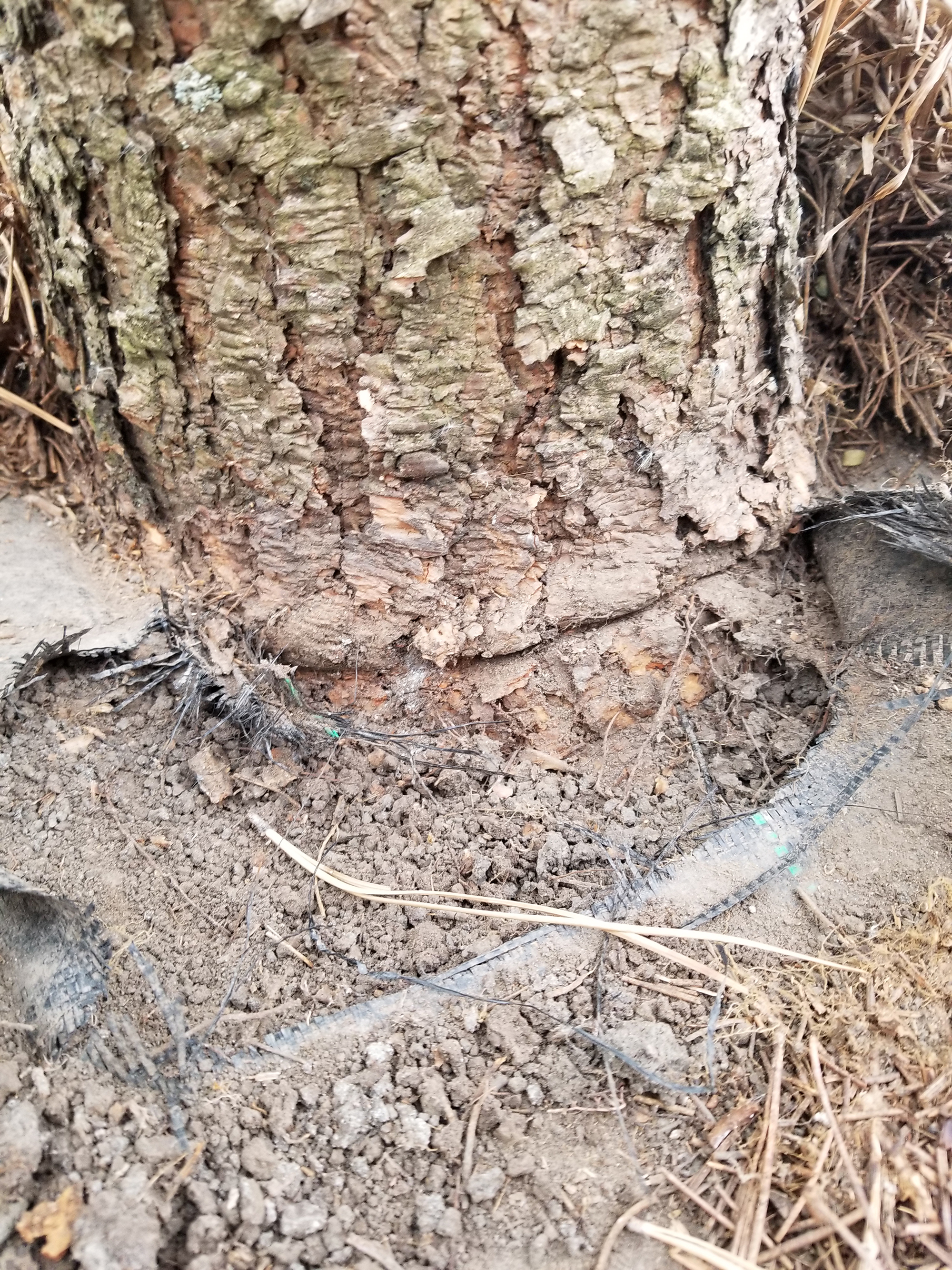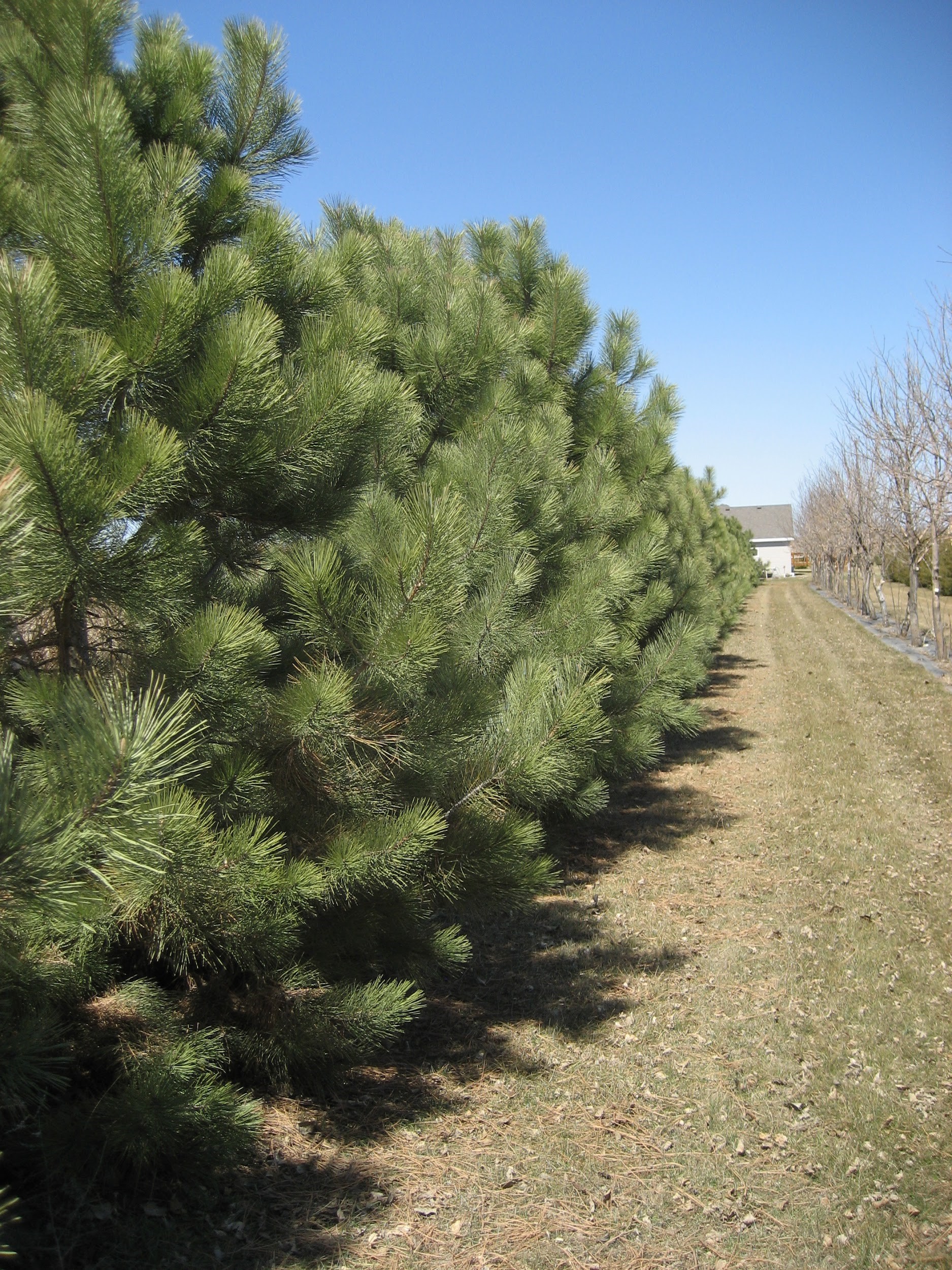Managing Established Windbreaks
(F2033)Windbreaks, also called shelterbelts, are critical for living in the northern Great Plains. They provide valuable protection for farmsteads, roads, communities, crops and livestock. These small pieces of forest in the broader prairie environment even provide habitat for certain wildlife species.
Although windbreaks don’t last forever, they are long-term investments and can increase or decrease in value based on our own management decisions. This publication offers some tips on what to do and what to avoid to get the most out of your windbreak.
Contact your county NDSU Extension office to request a printed copy.
NDSU staff can order copies online (login required).



